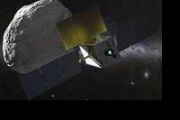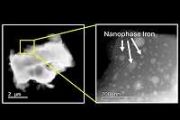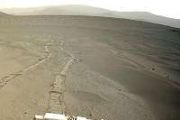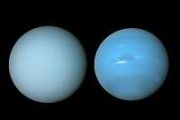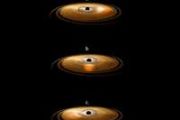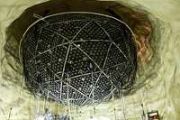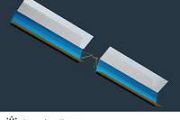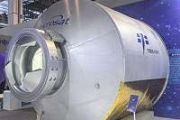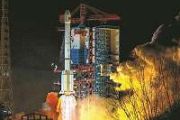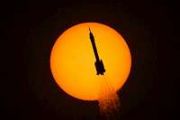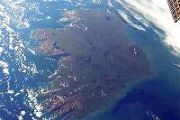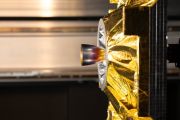
Copernical Team
Tough new robots will aim to think and act for themselves on Earth and beyond
 A new generation of smart robots is being developed at The University of Manchester as part of an ambitious R and D programme to help the UK maintain its leadership in automatation technologies,
These new AI-powered machines will be designed to think and act for themselves in some of the most hazardous and toughest places on Earth - and beyond. These robots will be challenged to carry out
A new generation of smart robots is being developed at The University of Manchester as part of an ambitious R and D programme to help the UK maintain its leadership in automatation technologies,
These new AI-powered machines will be designed to think and act for themselves in some of the most hazardous and toughest places on Earth - and beyond. These robots will be challenged to carry out Contract secures design for ESA's FORUM satellite
 ESA has awarded a contract worth 160 million euro to Airbus in the UK to build the Earth Explorer FORUM satellite. This exciting new mission will yield unique insight into the planet's radiation budget and how it is controlled - thereby filling in a critical missing piece of the climate jigsaw.
Short for Far-infrared Outgoing Radiation Understanding and Monitoring, FORUM is ESA's ninth Ear
ESA has awarded a contract worth 160 million euro to Airbus in the UK to build the Earth Explorer FORUM satellite. This exciting new mission will yield unique insight into the planet's radiation budget and how it is controlled - thereby filling in a critical missing piece of the climate jigsaw.
Short for Far-infrared Outgoing Radiation Understanding and Monitoring, FORUM is ESA's ninth Ear Impact in 2052 ruled out as ESA counts down to Asteroid Day
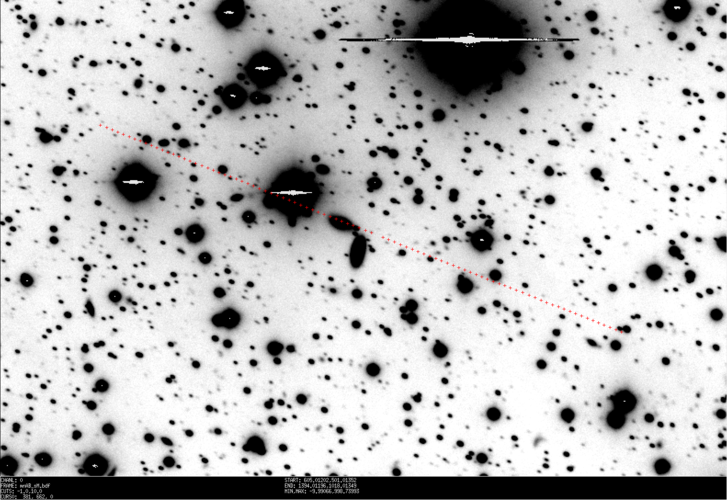
One ESA: an interactive journey around ESA sites!

We are a huge organisation of 5000+ people operating at nine different locations. How do we work together to achieve our goals and fly our missions?
MDA provides Global Fishing Watch access to Radarsat-2 archive to help combat illegal fishing
 MDA Ltd. (TSX:MDA), a leading provider of advanced technology and services to the rapidly expanding global space industry, announced at the 2022 UN Ocean Conference a major new contribution to international efforts to monitor, track and intercept illegal, unreported and unregulated (IUU) fishing activities using satellite technology.
MDA is providing Global Fishing Watch (GFW) - an interna
MDA Ltd. (TSX:MDA), a leading provider of advanced technology and services to the rapidly expanding global space industry, announced at the 2022 UN Ocean Conference a major new contribution to international efforts to monitor, track and intercept illegal, unreported and unregulated (IUU) fishing activities using satellite technology.
MDA is providing Global Fishing Watch (GFW) - an interna Terran Orbital Developed CAPSTONE Heads to the Moon
 Terran Orbital Corporation (NYSE: LLAP), a global leader in satellite solutions, primarily serving the United States and Allied aerospace and defense industries, has announced the successful launch of the CAPSTONE satellite. The Terran Orbital designed and built Cislunar Autonomous Positioning System Technology Operations and Navigation Experiment, otherwise known as CAPSTONE, launched this morn
Terran Orbital Corporation (NYSE: LLAP), a global leader in satellite solutions, primarily serving the United States and Allied aerospace and defense industries, has announced the successful launch of the CAPSTONE satellite. The Terran Orbital designed and built Cislunar Autonomous Positioning System Technology Operations and Navigation Experiment, otherwise known as CAPSTONE, launched this morn ICEYE expands its business to offer complete satellite missions for customers
 ICEYE, an Earth observation company operating the world's largest synthetic-aperture radar (SAR) satellite constellation, has announced the establishment of a new line of business focused solely on delivering fully operational satellite missions to customers looking for their own orbital SAR capabilities.
Governments and large multinational corporations are able to purchase their own radar
ICEYE, an Earth observation company operating the world's largest synthetic-aperture radar (SAR) satellite constellation, has announced the establishment of a new line of business focused solely on delivering fully operational satellite missions to customers looking for their own orbital SAR capabilities.
Governments and large multinational corporations are able to purchase their own radar GMV cements leadership in collision avoidance operations automation and coordination in Europe
 Space is getting congested and today, active collision avoidance has become a routine task in space operations, relying on validated, accurate and timely space surveillance data. For a typical satellite in LEO, hundreds of conjunction alerts can be expected every week. Processing and filtering these still leaves about two actionable alerts per spacecraft and week requiring detailed follow-up by
Space is getting congested and today, active collision avoidance has become a routine task in space operations, relying on validated, accurate and timely space surveillance data. For a typical satellite in LEO, hundreds of conjunction alerts can be expected every week. Processing and filtering these still leaves about two actionable alerts per spacecraft and week requiring detailed follow-up by NASA to launch two more sounding rockets from northern Australia in July
 On the heels of a successful launch on June 26, NASA is set to launch two more sounding rockets from northern Australia during the first half of July. These missions will help astronomers understand how starlight influences a planet's atmosphere, possibly making or breaking its ability to support life as we know it.
The two missions will look at Alpha Centauri A and B - two Sun-like stars
On the heels of a successful launch on June 26, NASA is set to launch two more sounding rockets from northern Australia during the first half of July. These missions will help astronomers understand how starlight influences a planet's atmosphere, possibly making or breaking its ability to support life as we know it.
The two missions will look at Alpha Centauri A and B - two Sun-like stars Long-term liquid water also on non-Earth-like planets
 Liquid water is an important prerequisite for life to develop on a planet. As researchers from the University of Bern, the University of Zurich and the National Centre of Competence in Research (NCCR) PlanetS report in a new study, liquid water could also exist for billions of years on planets that are very different from Earth. This calls our currently Earth-centred idea of potentially habitabl
Liquid water is an important prerequisite for life to develop on a planet. As researchers from the University of Bern, the University of Zurich and the National Centre of Competence in Research (NCCR) PlanetS report in a new study, liquid water could also exist for billions of years on planets that are very different from Earth. This calls our currently Earth-centred idea of potentially habitabl 
